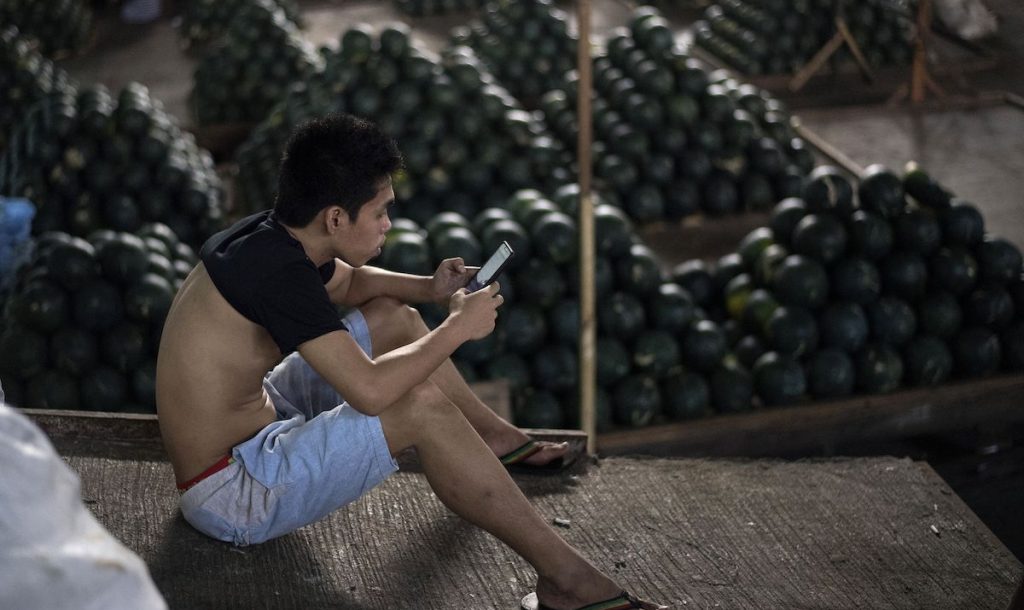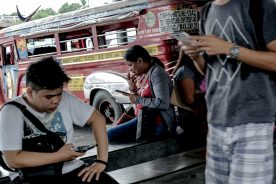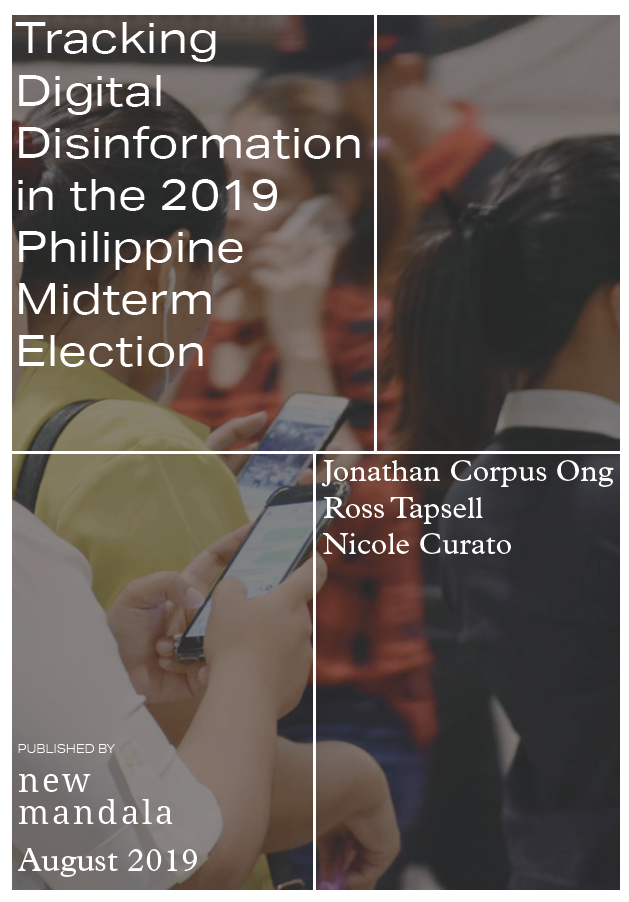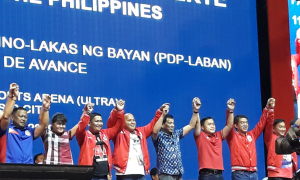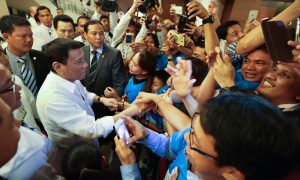Fake news has many faces. In the United States, fake news looks like its President, the commander-in-chief who manufactures truths in tweet. In China, fake news takes the form of the fifty-cent party, an army of ordinary citizens paid to divert public attention and post comments favourable to the state. In Britain, fake news looks like young professionals working for Cambridge Analytica, those who mastered the dark art of voter manipulation.
When illiberal social media takes over democratic Philippines
Social media has amplified, rather than created, an existing culture of disinformation.
From January to May 2019, we formed a team of researchers to study disinformation tactics used by candidates running in the Philippines’ midterm election. One can recall that the Philippines was described as ‘patient zero’ in the global disinformation epidemic, which, some argue, accounts for the quick rise of Rodrigo Duterte to presidency. The combination of digital influencers, bloggers, and fake account operators weaponized social media to sow distrust to the political opposition, journalists, and activist groups.
These practices remain in place today but true to the innovative spirit of the digital age, disinformation tactics are fast evolving and harder to detect. These strategies are described in our public report Tracking Digital Disinformation in the 2019 Philippine Midterm Election.
Here’s a summary of these trends.
From online celebrities to micro-influencers
First, we observed a shift from the use of online celebrities who command millions of social media followers to micro-influencers who have less mainstream visibility but cultivate more intimate and interactive relationships with their fans. In between micro-influencers’ lifestyle content of gym selfies, travel diaries and inspirational quotes are seeded political content targeting audiences to vote a certain way.
This follows the logic of corporate brand advertising who enlist online personalities to generate buzz on new products. These personalities smoothly operate in online communities because of their ‘contrived authenticity.’ Their accounts feature what on the surface are seemingly raw and spontaneous images but, in practice, are carefully curated posts designed to foster a sense of relatability and trust.
Our report expresses concern over this trend, for its insidious nature makes campaign spending limits harder to enforce. After the campaign season, we noticed that many micro-influencers took down posts with political content, making these advertisements even more difficult to track.
From click baits to communities
Second, disinformation no longer relies solely on click baits but has evolved to build online communities. We found closed Facebook groups that share hyper-partisan content and target particular populations like overseas Filipino workers and conspiracy groups like the Filipino Flat Earth group.
Shared within these communities are videos from YouTube channels that publish emotionally resonant content that fan the flames of existing political fandoms. TOKHANG TV is an example of a YouTube channel that publishes content that attacks President Duterte’s opponents and showcases the administration’s achievements. Named after Duterte’s deadly anti-narcotics campaign, TOKHANG TV ranks 45th in terms of YouTube views, ranking much higher than some mainstream media channels such as Inquirer.net at 128th place.
Closed groups pose challenges to content moderation. They are not subject to takedowns due to their privacy protections. The power in this group lies in administrators who can grant access to members and protect the group from outsiders. These groups are the clearest instantiation of a filter bubble where zealous fans affirm each other’s beliefs. This phenomenon casts doubt on the effectiveness of fact checking and voter information initiatives, for there is no incentive for citizens to step out of their comfortable online communities.
From peripheral to central
Finally, digital operations have now shifted from a peripheral strategy to a central component of political campaigns. What used to be seen as a cheaper alternative to the costly air war and ground machinery, digital underground operations have become part of the standard repertoire of campaign tactics. This phenomenon is not limited to Manila and Luzon but extends to urban centres in Visayas and Mindanao, and operates from the national to local even to village-level elections.
The advertising executives and campaign operators we have interviewed affirmed the increasingly crowded market of digital operations. This creates all sorts of perverse incentives for PR firms and troll farms to be more creative in their disinformation tactics. We have also observed that mainstreaming of disinformation strategies create an industry of ragtag operations who employ young digital workers often in highly precarious work arrangements. Disinformation, in other words, is not only an issue of electoral integrity, but also an issue of political economy.
Opportunities for reform
Digital operations do not singularly determine electoral outcomes. Neither have they replaced guns, goons, and gold as currencies of voter manipulation in the Philippines. But the further entrenchment of digital underground operations signals the transformation of campaign strategies in the Philippines and the world, and so the regulatory environment must be ready to address issues that accompany this trend.
Who pays for these influencers? Who is accountable for the messages closed groups post online? What norms should govern political advertising in the digital age? These remain open questions that are best answered by process regulation, rather than content regulation.
In our report, we caution against regulations that ban fake news, for we cannot fight the illiberal practices of disinformation with an illiberal response of censorship. We make a case for process-oriented responses that uphold virtues of transparency, accountability and fairness in the conduct of political campaigns as well as decision-making around social media regulation.
We also express caution against using a good-versus-evil frame which names and shames paid account operators often associated to Duterte’s populist regime. Our study has spotted a number of less controversial candidates that use the same disinformation and attention hacking tactics, but escape the glare of observers. In CNN Philippines’ senatorial debate, for example, we observed a fake account that planted an intelligently framed question for a candidate from the opposition to answer. It is important that standards in de-platforming are upheld to content and actors across the political spectrum. Otherwise, these initiatives can easily be discussed as partial to the liberal agenda.
The face of fake news will continue to evolve in the years to come. It is essential for regulatory frameworks to be adaptive, reflective, and deliberative. Quick and cosmetic solutions may be alluring, but without democratic norms underpinning these solutions, they too are guilty of hacking public attention from underlying issues of disinformation.
 Facebook
Facebook  Twitter
Twitter  Soundcloud
Soundcloud  Youtube
Youtube  Rss
Rss 